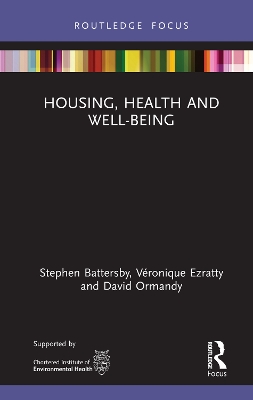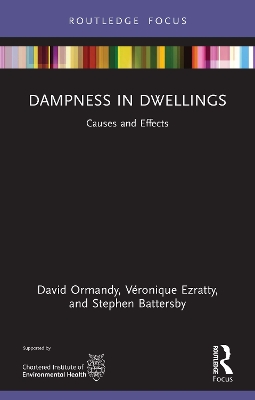Routledge Focus on Environmental Health
2 total works
Housing, Health and Well-Being
by Stephen Battersby, Veronique Ezratty, and David Ormandy
Housing is a social determinant of health and this book aims to provide a concise source of the theory and evidence on safe and healthy housing to inform students, academics, public and environmental health practitioners, and policy-makers, nationally and internationally.
The book reviews the functions of housing and its relationship with the health and well-being of residents. It examines the implications of failures to satisfy those functions, including the potential impact on individuals, households, and society. It assesses options directed at avoiding, removing, or reducing threats and at promoting healthy indoor environments, particularly for the most susceptible and vulnerable members of society. It is essential reading for students, academics, and professionals within the areas of environmental health, public health, housing, built environment, social policy, housing policy, health policy, and law.
Dampness in Dwellings
by David Ormandy, Veronique Ezratty, and Stephen Battersby
This book provides a definition of dampness in each of its forms, details the various potential sources, and causes that can result in damage to the building, and importantly, the threats to the health of the occupiers. It is practical, providing an outline of the possible solutions looking at aspects of building design and construction that can reduce or avoid the risk of dampness. It also discusses why dampness is a risk to the health of occupiers and so justifies the need to protect health by reducing or removing it. Co-authored by a medical doctor and environmental health practitioners with combined experience of over 50 years, this book includes:
- Explanations and justifications for why dampness is important, and why remedial action must be taken.
- Up-to-date information on the causes, effects, and remedies of damp in the housing environments.
Dampness in Dwellings is a pivotal resource for professionals in the housing, medical, and legal sectors.

